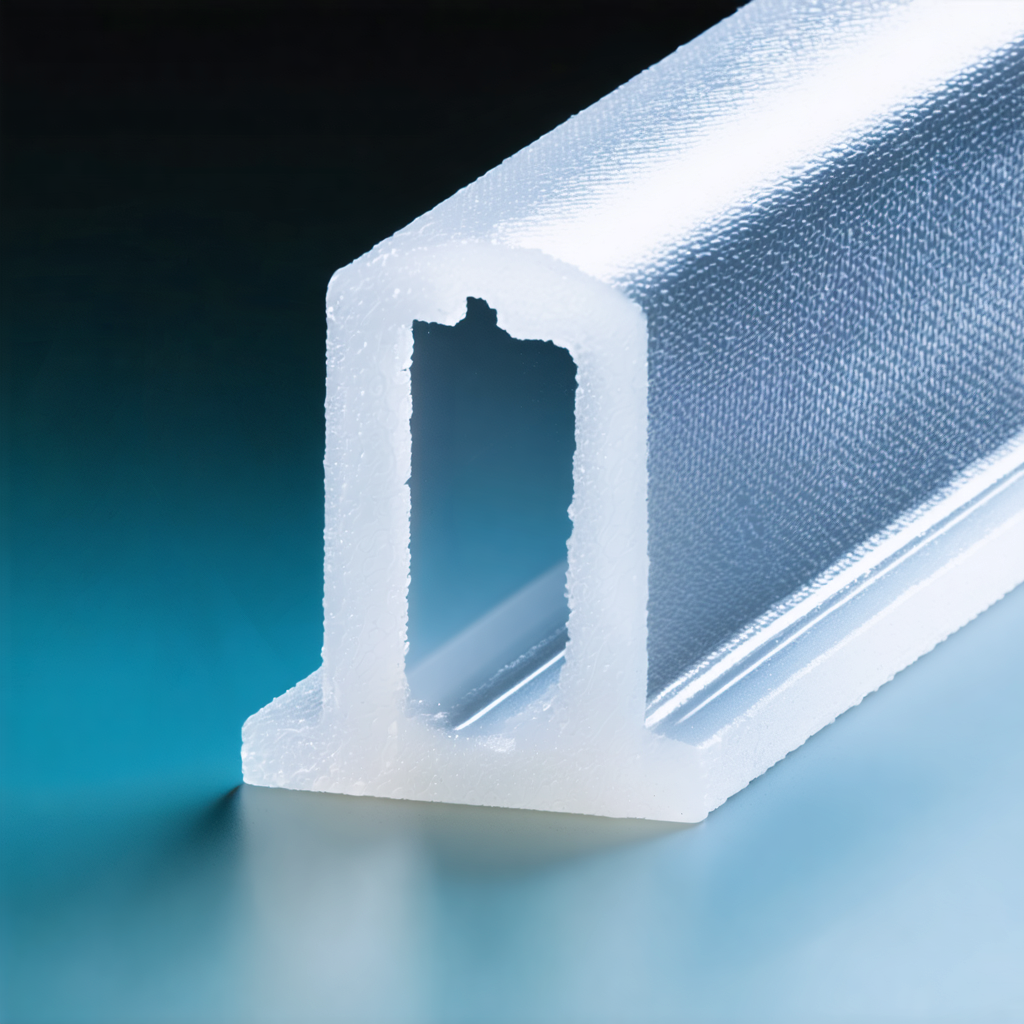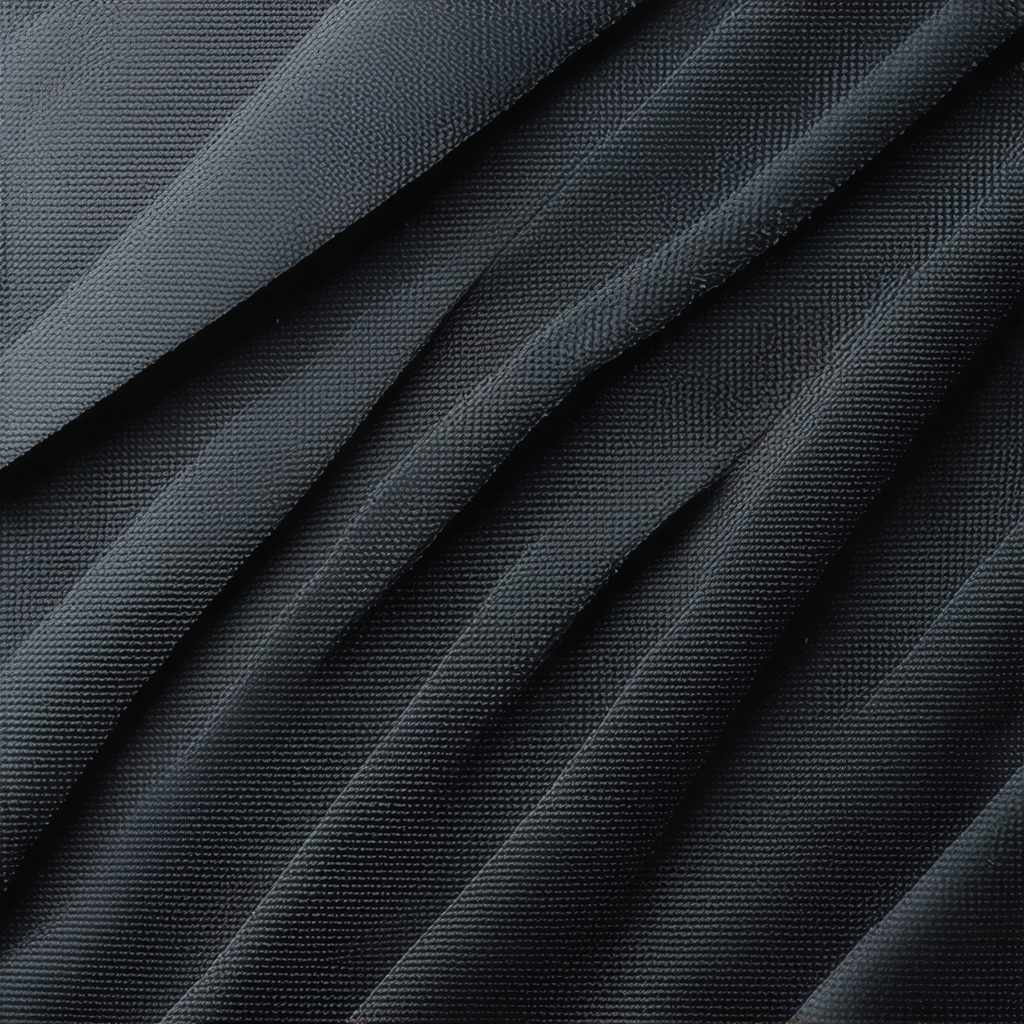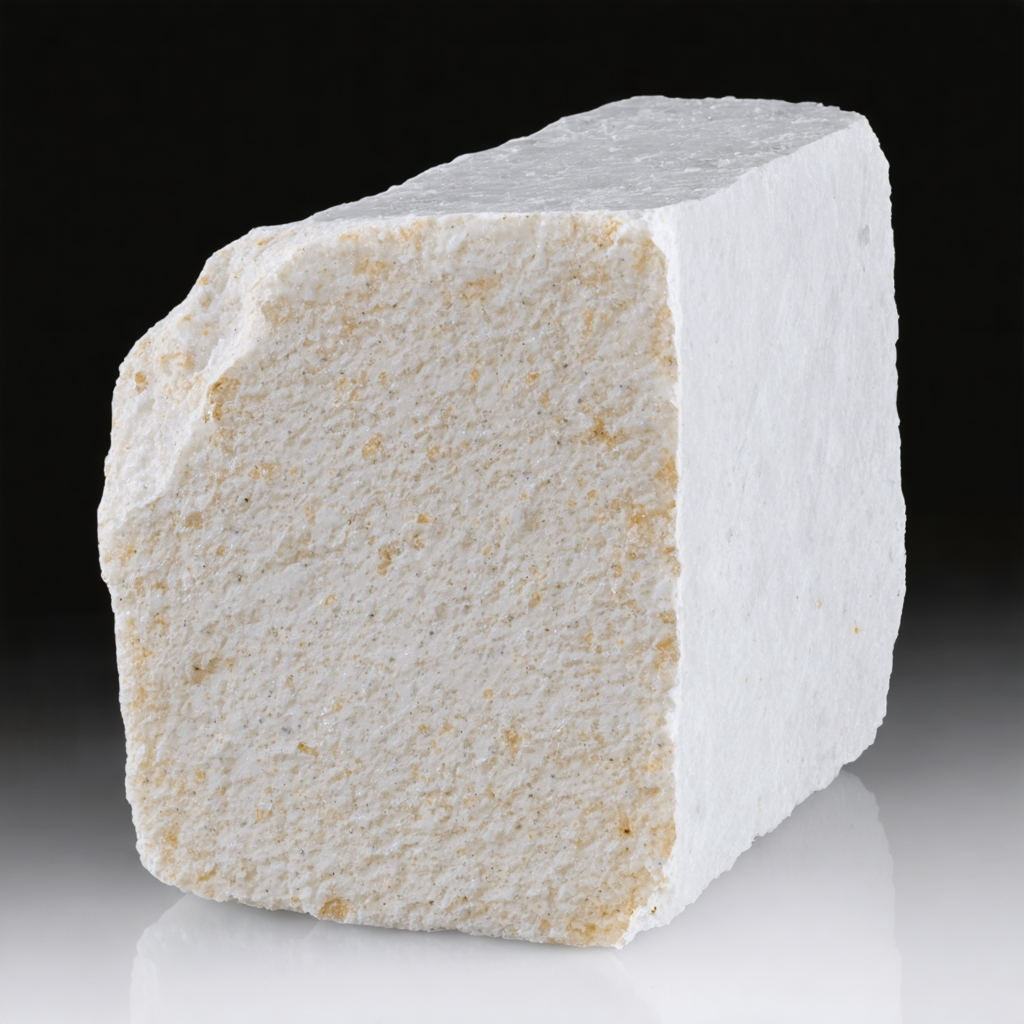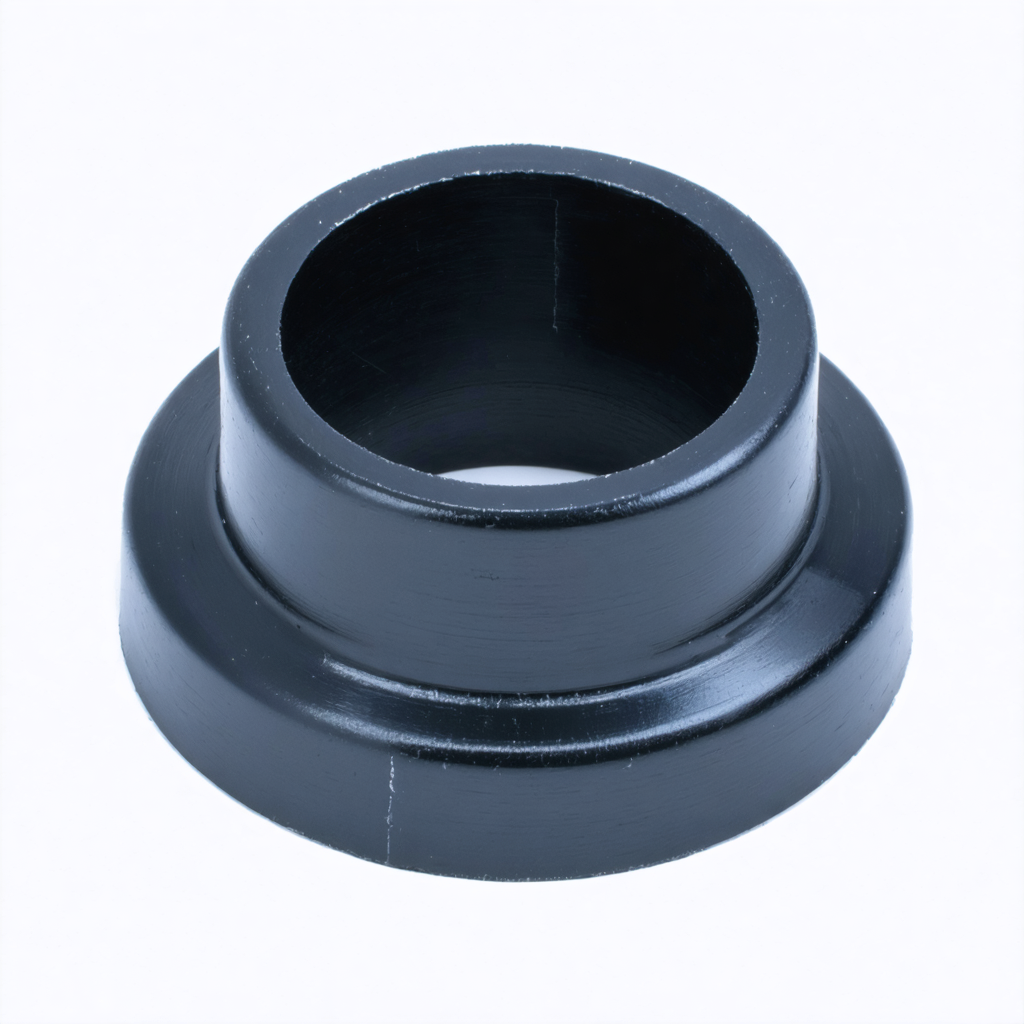Glass-filled nylon is widely used in industries that require strength, rigidity, and heat resistance, but it comes with some drawbacks. Its high cost, weight, and abrasiveness to molds make it less ideal for certain applications. Fortunately, there are several alternative materials that offer similar properties with unique benefits, potentially making them a better choice for specific projects.
Let’s dive deeper into these alternatives, explore their specific characteristics, and see how they stack up against glass-filled nylon.
Why look for alternatives to glass-filled nylon?
Glass-filled nylon’s high rigidity and strength come with some trade-offs. The glass fibers make it heavier and more abrasive than unfilled or less rigid materials, potentially wearing down molds faster. It also lacks flexibility, which limits its use in parts that require impact resistance or slight deformation. Additionally, achieving certain surface finishes can be challenging with glass-filled nylon, which isn’t ideal for applications requiring a polished or visually appealing surface.
If your project needs high performance but with more flexibility, lighter weight, or a smoother finish, exploring alternatives may open up new possibilities for both design and manufacturing.

What characteristics should you consider in alternative materials?
When choosing a substitute for glass-filled nylon, several key factors should be considered to ensure the best fit for your specific application:
Strength and Rigidity: Select a material that meets the load-bearing needs of your project.
Weight: Lighter alternatives like carbon-filled nylon or certain metal-infused plastics can be beneficial for weight-sensitive applications.
Thermal and Electrical Conductivity: Some options, like carbon-filled or metal-infused plastics, offer better conductivity, which can be critical for specific uses.
Cost: High-performance materials like PEEK and PPS are excellent but come with a higher price tag; mineral-filled or polycarbonate blends can be more budget-friendly.
Aesthetic Qualities: Materials like polycarbonate may be more suitable for parts requiring a polished or transparent finish, unlike the matte look of glass-filled nylon.
By considering these factors, you can narrow down the best alternative to meet the demands of your application.
What are some strong alternatives to glass-filled nylon?
1. Carbon-Filled Nylon
Carbon-filled nylon offers similar strength and rigidity to glass-filled nylon but provides additional benefits like reduced weight and enhanced conductivity. Carbon fibers make it lighter, which is ideal for weight-sensitive parts in aerospace and automotive applications. Moreover, it’s generally less abrasive on molds, which helps lower maintenance costs.
Additionally, carbon-filled nylon offers better thermal and electrical conductivity, useful in applications that require static dissipation or heat management. However, it tends to be more expensive than glass-filled nylon and can be more brittle under high impact.

2. Mineral-Filled Nylon
Mineral-filled nylon provides a cost-effective alternative with good dimensional stability and rigidity. Filled with minerals like calcium carbonate or talc, it’s typically less dense and less costly than glass-filled nylon. This option is ideal for applications where cost is a priority, and extreme rigidity isn’t essential.
Mineral-filled nylon also experiences less shrinkage and warping, which can benefit parts with tight tolerances or complex shapes. While it may not match the strength of glass-filled or carbon-filled options, it’s well-suited to low- to moderate-stress applications.

3. High-Performance Thermoplastics (e.g., PEEK, PPS)
Materials like PEEK (polyether ether ketone) and PPS (polyphenylene sulfide) are high-performance thermoplastics with exceptional strength, heat resistance, and chemical resistance. Although these materials are more costly, they’re ideal for critical applications in aerospace, medical devices, and electronics.
For example, PEEK can maintain its strength and rigidity at high temperatures, making it ideal for extreme environments. PPS offers high chemical resistance, which is valuable in applications exposed to harsh chemicals.
4. Polycarbonate (PC) or PC Blends
Polycarbonate and its blends, like PC-ABS, offer high impact resistance and good strength, making them a versatile replacement for glass-filled nylon. Unlike glass-filled nylon, polycarbonate can be transparent, enabling clear or translucent parts if needed. Polycarbonate blends offer a balance of toughness and stiffness.
Polycarbonate is particularly suited for applications where aesthetics and durability are important, such as consumer electronics, where a smooth, attractive finish is essential.
5. Metal-Infused Plastics
Metal-infused plastics combine polymers with metal powders, offering flexibility and strength along with enhanced conductivity. These materials are suitable for electronics and industrial applications that need some conductivity and toughness without the full weight of metal.
This hybrid material provides a unique appearance, reduced weight, and better mechanical stress tolerance than traditional glass-filled nylon. Metal-infused plastics are typically more expensive but offer advantages in high-performance or aesthetic-focused applications.

How do these alternatives compare in performance?
| Material | Strength | Weight | Abrasion Resistance | Cost | Temperature Resistance | Applications |
|---|---|---|---|---|---|---|
| Glass-Filled Nylon | High | Medium | Moderate | Moderate | Up to 200°C | Automotive, industrial, electronics |
| Carbon-Filled Nylon | High | Low | High | Moderate-High | Up to 200°C | Aerospace, automotive, high-tech |
| Mineral-Filled Nylon | Moderate | Medium | Moderate | Low | Up to 180°C | Cost-sensitive applications |
| PEEK / PPS | Very High | Medium | Very High | High | Up to 300°C | Medical, aerospace, chemical exposure |
| Polycarbonate / PC Blends | Moderate | Low | High | Moderate | Up to 140°C | Consumer electronics, appliances |
| Metal-Infused Plastics | High | Medium | High | High | Up to 220°C | Electronics, industrial applications |
Each material offers unique advantages, making it suitable for specific applications depending on factors like strength, weight, and cost.
Conclusion
When glass-filled nylon isn’t the best fit, alternatives like carbon-filled nylon, mineral-filled nylon, high-performance thermoplastics, polycarbonate blends, and metal-infused plastics provide viable options. Each alternative brings its own strengths, such as enhanced flexibility, reduced weight, conductivity, or durability, enabling you to match the best material to your project needs.
For more details on material selection, check out our resource center or reach out to discuss the best options for your project’s unique requirements. Finding the right material is the first step toward building parts that meet all performance and budgetary needs.
Post time: Nov-12-2024
